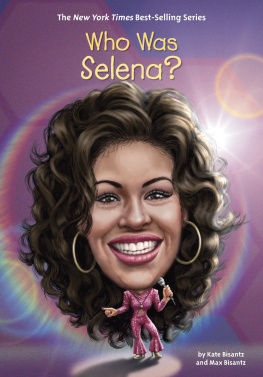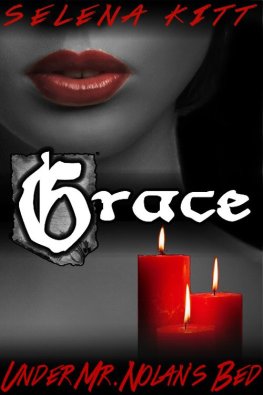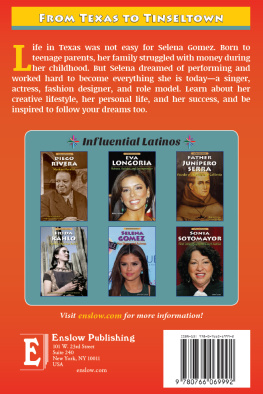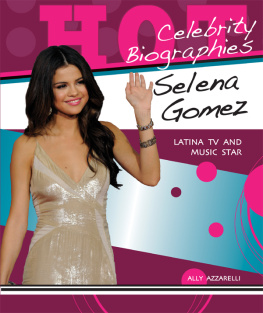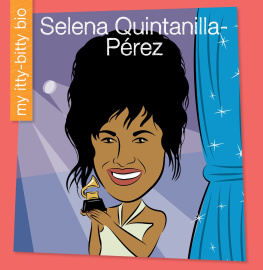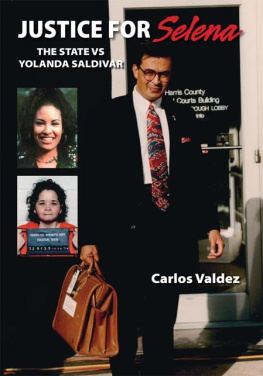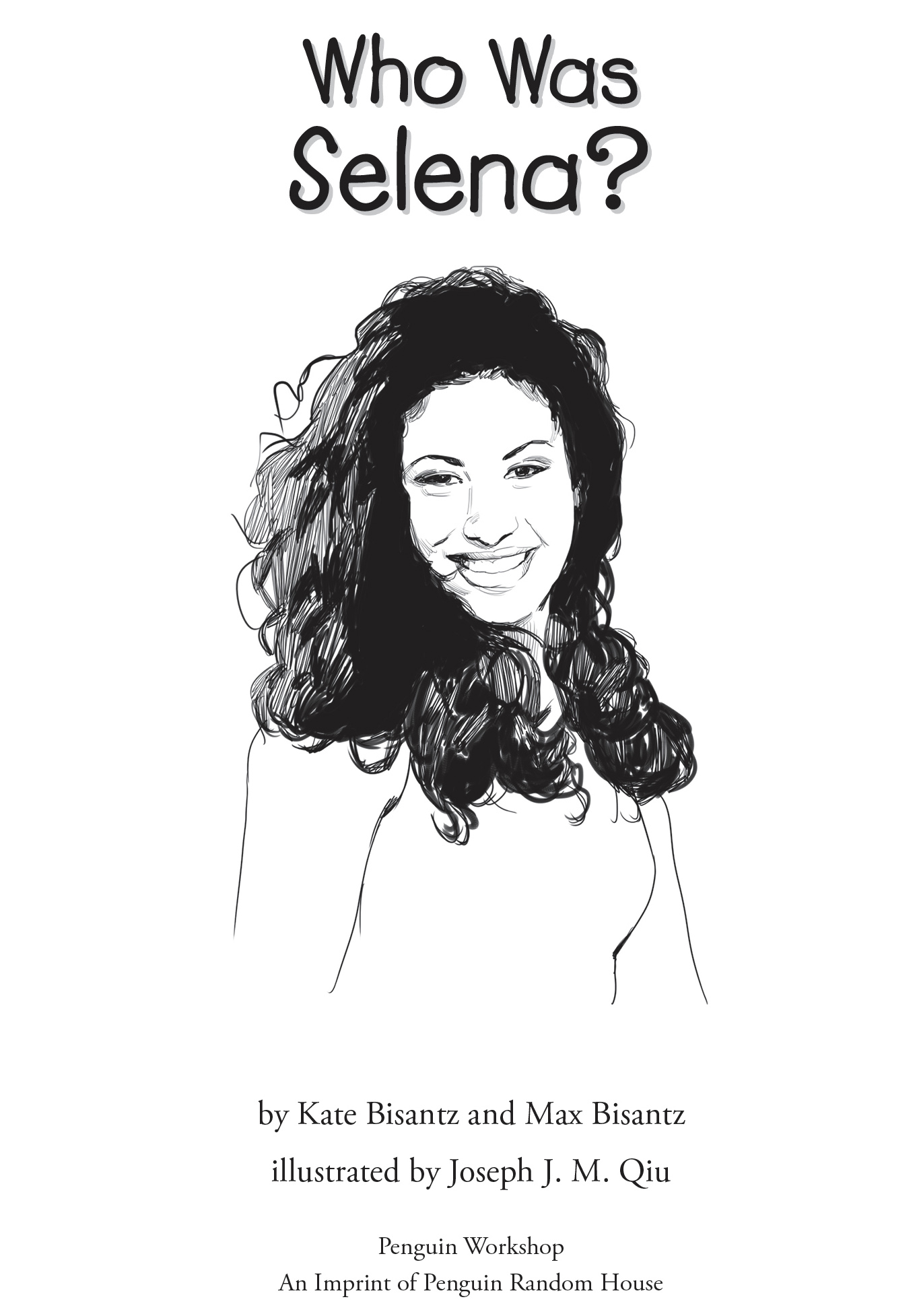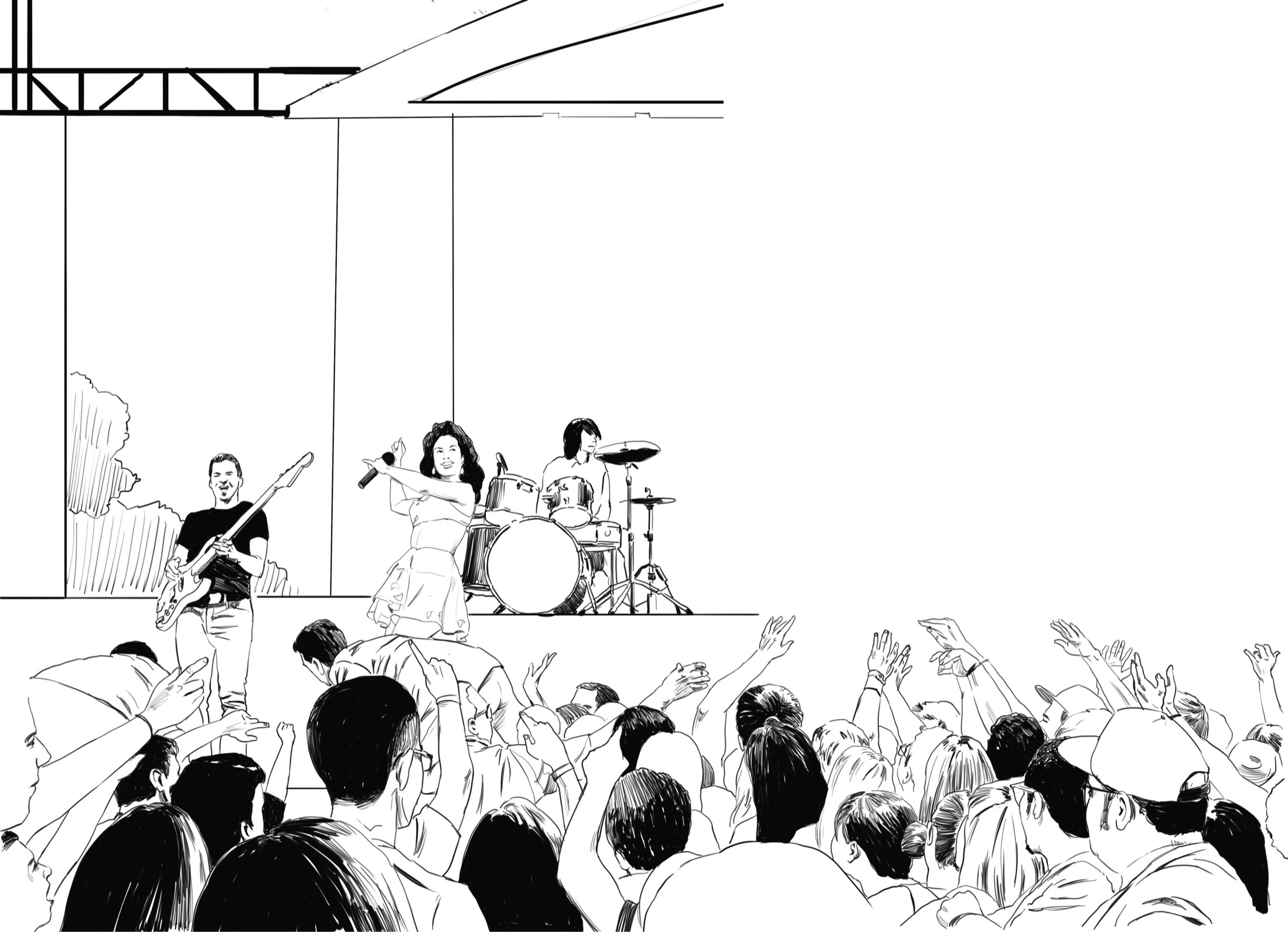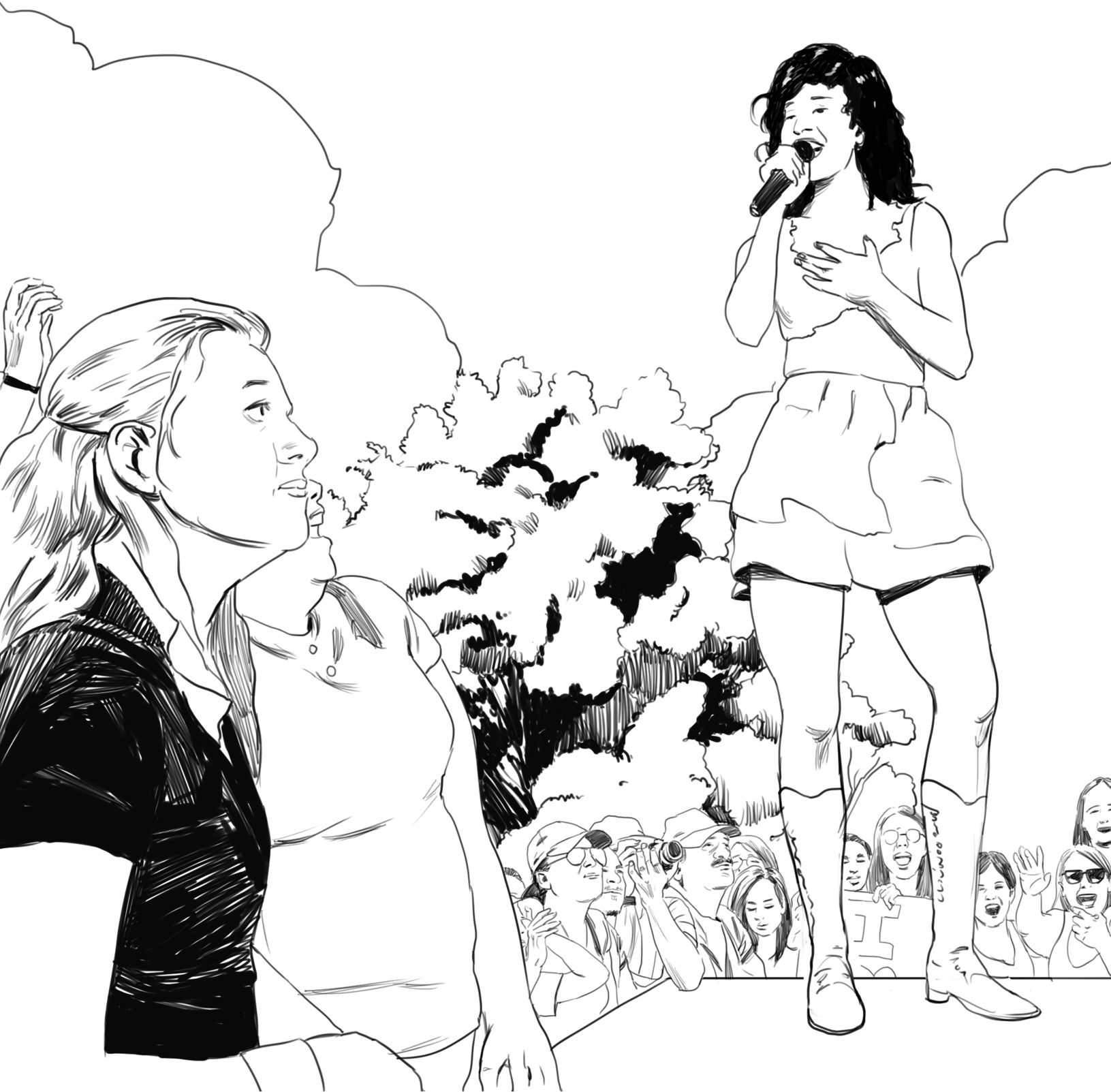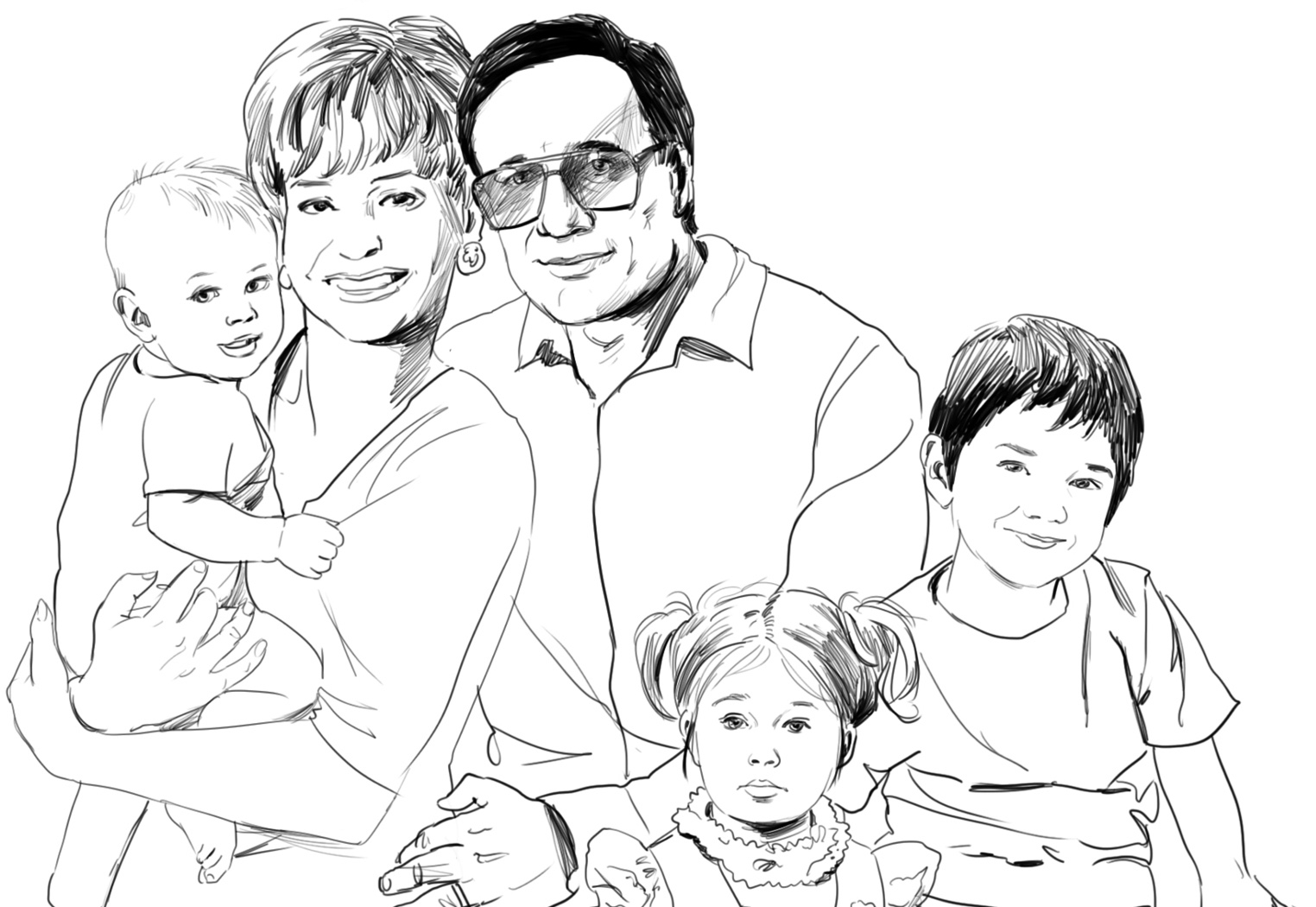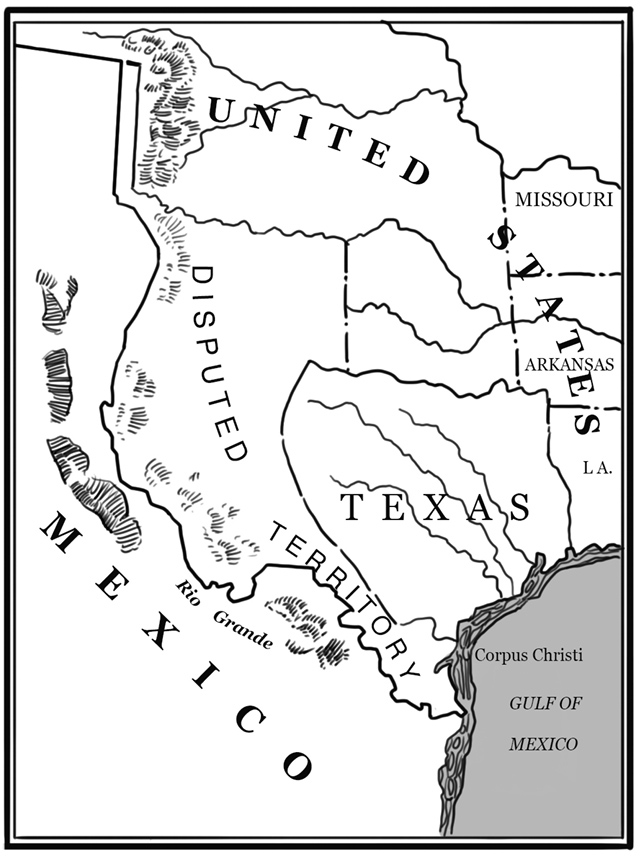To Selenas fans and the Quintanilla and Perez families. Much love to AC, KB, DDMB
To MB, SB, JB, JM, and RYR.
Also, the city of Lowell, MA, where my own Selena fandom first beganKB
To Selena and all her fansJQ
PENGUIN WORKSHOP
Penguin Young Readers Group
An Imprint of Penguin Random House LLC

If you purchased this book without a cover, you should be aware that this book is stolen property. It was reported as unsold and destroyed to the publisher, and neither the author nor the publisher has received any payment for this stripped book.
Penguin supports copyright. Copyright fuels creativity, encourages diverse voices, promotes free speech, and creates a vibrant culture. Thank you for buying an authorized edition of this book and for complying with copyright laws by not reproducing, scanning, or distributing any part of it in any form without permission. You are supporting writers and allowing Penguin to continue to publish books for every reader.
Text copyright 2018 by Kate Bisantz & Max Bisantz. Illustrations copyright 2018 by Penguin Random House LLC. All rights reserved. Published by Penguin Workshop, an imprint of Penguin Random House LLC, 345 Hudson Street, New York, New York 10014. PENGUIN and PENGUIN WORKSHOP are trademarks of Penguin Books Ltd. WHO HQ & Design is a registered trademark of Penguin Random House LLC.
Library of Congress Cataloging-in-Publication Data is available.
ISBN 9781101995495 (paperback)
ISBN 9781524786755 (library binding)
ISBN 9781101995501 (ebook)
Version_1
Contents
Who Was Selena?
On a hot day in 1993, tens of thousands of fans packed an outdoor arena in Monterrey, Mexico. The band onstage played its opening songs and the crowd began to push forward. They wanted to get closer to the person they came to see: a young singer from Texas who was known simply by her first nameSelena.
As the music played on, some fans shoved each other to get a better look. Others tried to climb onstage. The situation was getting dangerous. Selenas father yelled from backstage to get out of there now! He didnt want the crowd to hurt his daughter. Selena and her band stopped playing and ran to the wingsthe sides of the stagefor safety.
Once backstage, the band tried to find a way out of the arena. There was only one exit and the crowd was blocking it. Selenas father came up with a plan. He thought that if he spoke to the crowd, he could convince them to stop. He ran onstage and asked them to calm down. But this made the audience even louder. People started throwing cans and bottles. They were there to see Selena, not her father!
Selena understood their frustration. She told the band that she was going back onstage. She had just learned to speak Spanish and was determined to talk to the crowd herself. Everyone told her not to. They feared she could get hurt. But Selena never did what anyone expected. She trusted that her fans would listen to her.
Selena stepped back on the stage as the fans shoved and shouted. Smiling and calm, she spoke into the microphone, asking them to clmese, por favor. Calm down, please.
Thousands of fans suddenly stopped pushing to listen to the twenty-two-year-old star. The band was amazed. One by one, they came back onstage and picked up their instruments. Then, Selena began to sing. Her voice filled the air and the crowd sang along to their favorite songs. The concert was a huge success.
Selenas understanding of her fans saved the show from disaster. It also helped her become the passionate musician that the world came to love.
Selena Quintanilla (say: KIN-tah-NEE-ya) was born on April 16, 1971, in Lake Jackson, Texas. It was a sunny and warm Friday in the spring. Her parents were Marcella and Abraham Jr., whom everyone called Abe. She had an older brother named Abraham III, or A.B. for short, and an older sister named Suzette. The Quintanilla family was Mexican American. Their ancestors had immigrated to the United States from Mexico to search for work and a better future.
Life was hard in Texas for people with Mexican roots, or Mexicanos (say: MEH-hee-KAH-nohs). It had been that way for over a hundred years. Before the Mexican-American War began in 1846, South Texas had been a part of Mexico. People there were free to celebrate their heritage, which combined Aztec, Mayan, and Spanish cultures.
But in 1848, the United States took control of the land above the Rio Grande. Mexicans in Texas now found themselves in American territory. White Americans, or Anglos (say: ANG-lohs), did not want them there. And Mexico itself was now divided. Southern Mexicans distanced themselves from Texas-Mexicans in the north, whom they called Tejanos (say: teh-HA-nohs), the Spanish word for Texan.
Texas before 1848
Even though they had been living on the land for generations, Tejanos faced a lot of prejudice. Abe had seen it himself as a boy in Texas. When he was in school, he was sent to the principals office and hit for speaking Spanish. Some Anglos even put signs on their stores that read NO MEXICANS . And the city of Corpus Christi even went so far as to code their citizens by language and color.
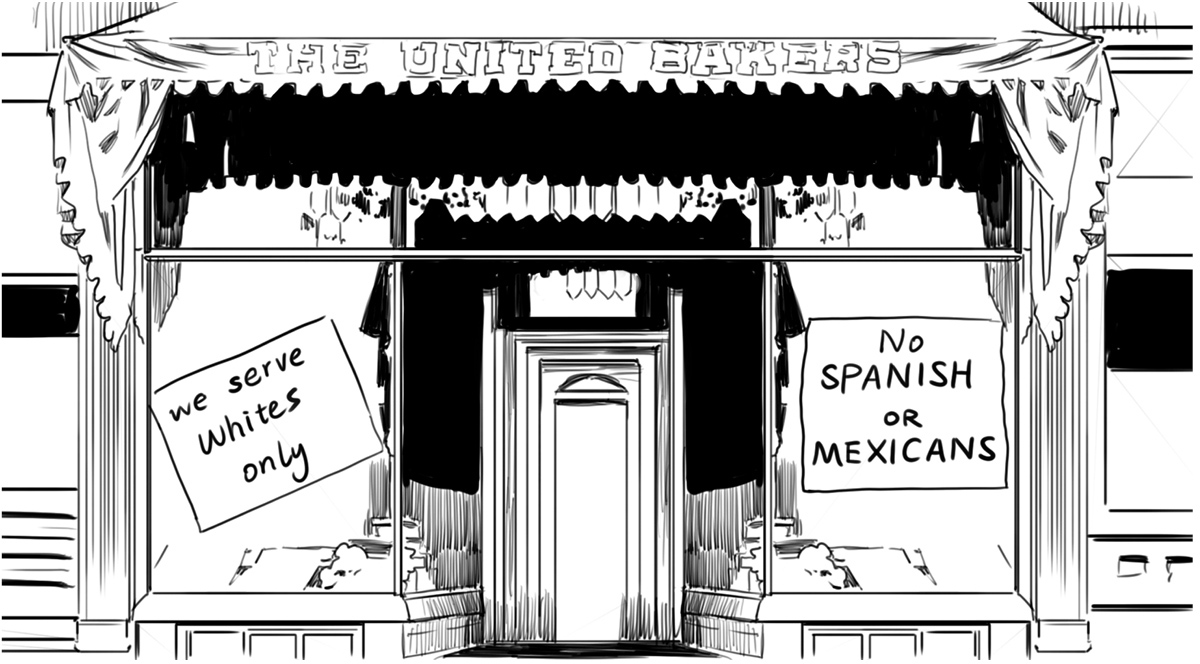
Corpus Christi City Directory
Before the mid-1930s, the Corpus Christi, Texas, city directory listed each family by race and the language spoken at home. C stood for Colored (an outdated and offensive term for African American people), M stood for Mexican, and EM stood for English-speaking Mexican. Families with these letters by their names were often denied opportunities, like owning homes or having jobs, in their communities.
The directory was a public record, much like a phone book. Anyone could look up the codes. So, many Tejano parents stopped teaching their children Spanish. They thought it would give them a better life in America.
Corpus Christi stopped labeling families in this way by the 1940s. But the effects lasted for much longer. For many generations, Tejano children were taught to speak only English.
There were not many Mexicans in Lake Jackson. Marcella and Abe did not want their children to feel the unfair treatment that they had experienced growing up. It was important to them that Selena, Suzette, and A.B. fit in with their white neighbors and the Anglo children. Marcella and Abe taught their children to speak English instead of Spanish. Even Selenas name was pronounced the Anglo way: Seh-LEE-nah instead of Seh-LEH-nah.

